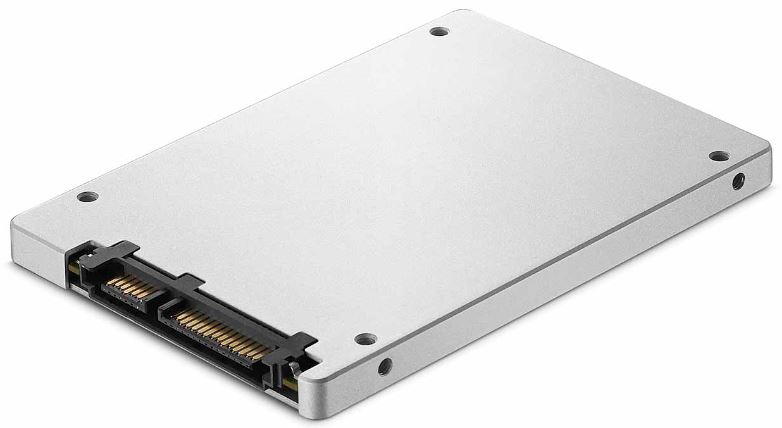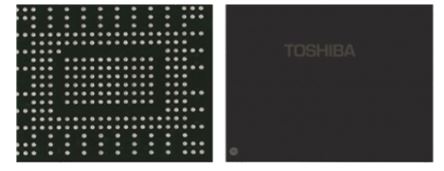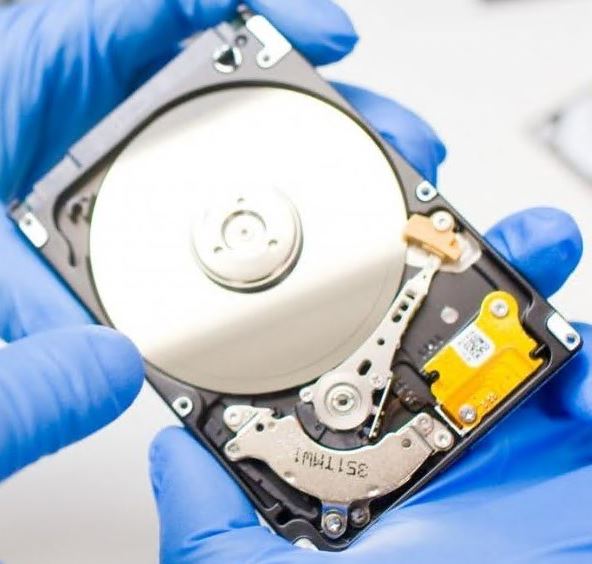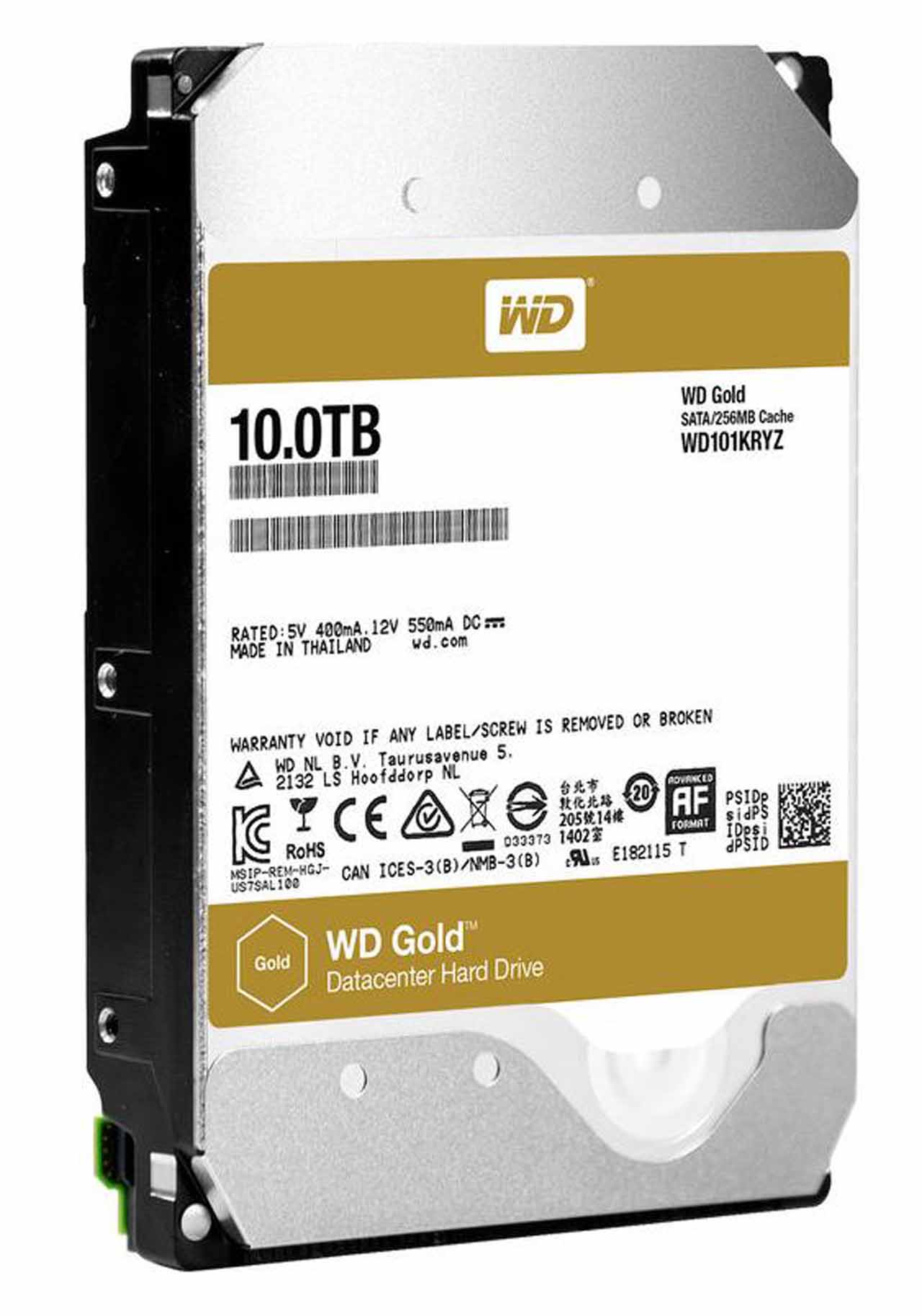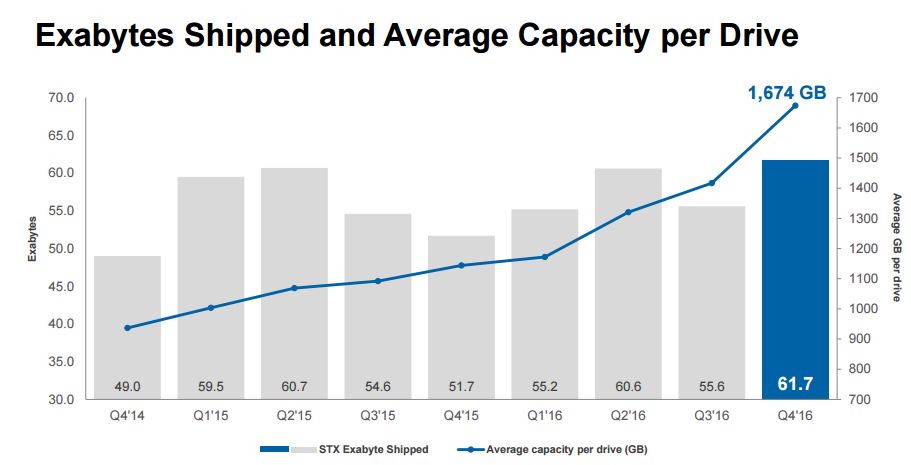The Week In Storage: WD Rolls 10TB HDD, Seagate retorts with 12TB, HDD Vendors Retreat
The week in storage was filled with the normal punishing string of briefings that occur before a big industry trade show. We are boarding planes to head out to the Flash Memory Summit in sunny California, so stay tuned over the course of the week to hear about the next big thing(s) in flash technology.
Chris Ramseyer put the screws to six different two-bay NAS in our round up, and he found that though many of the offerings are similar, they all have different feature sets and capabilities that suit different needs. A modern NAS unit, even these cheap little jobbers, will transcode on the fly, which is great for all of those Blu-Ray "backups" one might have laying around.
The Plextor M8Pe NVMe SSDs popped up on Newegg earlier this week, and surprisingly, the SSDs will ship in eight different flavors. The M.2 model marks the first M.2 SSD to come to market with its own heatsink, which means that either the Marvell Eldora controller runs hot, or Plextor is simply ahead of the rest of the market. Of course, once we receive samples we will ferret out the meaning of all this, but for now, we are forced to merely ogle at the listings on the Egg.
Google's anti-abuse research team conducted a test that involved dropping USB sticks around a college campus to see who would "bite" and insert them into their computers. Common sense isn't common, so many of the unwitting test subjects obeyed their more base instincts and chose to snoop around on the loaded drives. Lucian Armasu, our resident security expert, covered the perils of picking up stray USB sticks.
Seagate is exploding into the enterprise SATA SSD market, again, with its new Nytro XF1230 SSDs. The SSD wars make for strange bedfellows at times, so it isn't entirely surprising to find Seagate infusing its latest SSDs with SK Hynix NAND and controllers. Seagate has a strategic alliance with Micron, so it is curious that it didn't simply use Micron's M510DC SSDs, which slot into a similar category.
The battle lines are being drawn between UFS and NVMe. Toshiba is armed with 3D BiCS NAND and is charging the hill with its newest BG series of NVMe SSDs. Apple, the world's largest flash consumer, is going for NVMe, while Samsung, which makes whatever it wants because it is vertically integrated, appears to be focusing on UFS for mobile applications. Toshiba has both UFS and NVMe solutions, so it will be happy to help anyone.
Our Big HDD Showdown pitted three of the highest-density helium HDDs on the market against each other. We took the HGST He10 10 TB, the Seagate 10 TB and the WD Gold 8 TB and threw them in the ring to determine the victor. There weren't any platters or heads strewn about in the aftermath, which was somewhat disappointing, but jump to the article to see who rose to the top, and who deflated.
Get Tom's Hardware's best news and in-depth reviews, straight to your inbox.
Man, it took us that long to get to the meat? My thoughts are turning to flash because of the impending Flash Memory Summit, but before we go to the big memory dance, let's wrap up a few HDD tidbits.
WD Ships 10 TB Gold HDDs
WD began shipping its enterprise-class 10 TB Gold HDDs last week, which unfortunately wasn't in time to make our big HDD roundup. In either case, the drive is still plenty impressive, at least if one considers a near carbon copy of the HGST He10 to be exciting news.
WD is beginning to merge technology from its HGST underling into its own HDDs, so we can expect the product stacks to become more similar in all aspects. The similarity shows in the specs, and also the overall design of the drive, which appears to be nearly identical with the two metal stanchions on the front of the drive (which are unique to He10s).
The 6Gbps SATA 10 TB Gold features the same 7,200-RPM spindle speed but kicks its sustained data transfer rate up a notch to 249 MBps, which is a quite a bit speedier than its 8 TB predecessor (205 MBps), but (surprise) it's exactly the same as the HGST He10.
The drive also moves from a 128 MB cache to 256 MB, but there really isn't much to see here that you cannot already see with the HGST He10. That's not a bad thing, just sayin'.
Actually, its a great thing, considering that the He10 is currently (by our estimation) the best 10 TB HDD on the market.
Seagate Spins Out 12 TB
James Luczo, Seagate's CEO, mentioned in the company's Q4 2016 earnings call that the company would ship 12 TB helium HDDs to its customers for evaluation this quarter. The industry is fast reaching the limits of PMR (Perpendicular Magnetic Recording), but Seagate's quick jump from 10 to 12 TB indicates that there is still some gas in the tank.
Seagate may have added TDMR (Two-Dimensional Magnetic Recording), which employs two heads per platter to increase the readability of denser tracks. If Seagate is using TDMR, it will be the first to the market, but only time will tell if that is the technique the company is using to increase density. However, the 12 TB should fall into the rough timeline for TDMR.
HDD Vendors Run For The High Capacity Hills
The HDD vendors have begun to acquiesce the performance segment and much of the notebook PC space to SSDs. The realization that it might be time to regroup and retool specifically for high-capacity applications isn't lost on Seagate, which revealed that it is ceding some areas of the market that aren't as profitable.
"We continue to make strategic decisions to not aggressively participate in certain areas of the low-capacity notebook and gaming market where the gross margin contribution does not warrant the long-term manufacturing investment. As a result, our future forecast for Seagate's HDD unit addressable market may have a variance to our competition, as we may not participate in all HDD unit sales demand in any given quarter," said David Morton, CFO and Executive Vice President, Seagate.
Morton also noted that the company's client shipments for PC hard drives accounted for only 25 percent of its revenue due to its strategic shift to high-capacity market segments, which now account for 45 percent of its revenue.
The move makes sense, as the average capacity per drive increased to 1.7 TB (113 percent), and the average selling price also rose to a record of $67 (since the Thailand floods). Seagate indicated that its HDD unit shipments have declined 15% over the last five years, but that its exabyte shipments (capacity) grew 112 percent (up to 233 exabytes).
HDD vendors used to rely upon selling a massive amount of small capacity HDDs for the client market; at one time, Seagate punched out nearly 1 million HDDs per day (seven per second). The move to the high-capacity climes, which are free of SSD invaders, has changed the dynamic entirely.
WD also recently echoed these sentiments in its latest conference call, when it also noted robust sales of high-capacity HDDs. We expect the HDD vendors to continue to retreat, and rightly so, into the high capacity enterprise segment. Unfortunately, both companies continue to close manufacturing plants and lay off employees.
Be wary, the mighty Toshiba is rising from the ashes with 19% Q/Q growth, and now it has 21.9% of the HDD market, according to the latest Trendfocus predictions. Toshiba's flash operations are also booming, so the company might have a banner year.
This Week's Storage Tidbit
Intel CEO Brian Krzanich recently noted that the average autonomous car in 2020 will generate 40 GB of data per minute and that an autonomous drone will generate more than 20 GB of data per minute. The devices will process much of this data in real time, so it won't necessarily require long term storage, but some of that data will inevitably land back in a data center at some point (if for nothing else than to satisfy the NSA's curiosity).
Five years ago, there were no predictions of the impact of autonomous vehicles or drones in the long-term storage roadmap, and the industry will surely have to evolve to satisfy the storage needs for these new applications over the next few years. This leaves one to wonder what the next new hot data-generating technology will be in five years.

Paul Alcorn is the Editor-in-Chief for Tom's Hardware US. He also writes news and reviews on CPUs, storage, and enterprise hardware.
-
3ogdy "The SSD wars make for strange bedfellows at times, so it isn't entirely surprising to find Seagate infusing its latest SSDs with SK Hynix NAND"Reply
HOPEFULLY, Sh*tgate is responsible (that would be a first for this company) and makes proper use of condoms.
We're sick of it spreading AIDS all over the ducking world. We need neither HIV nor AIDS at Micron. Yuck!



